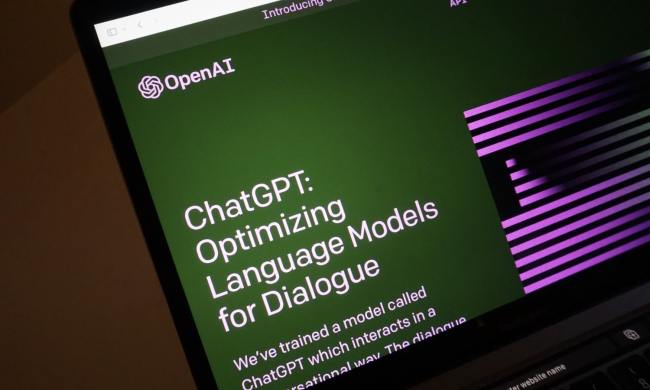
The new board, which hasn’t been formed yet, will focus on how the Pentagon can better use new technology to solve problems. Schmidt and Carter will assemble a board of up 12 total members, including Schmidt, who have experience leading private and public organizations. Schmidt said he had people in mind but had not yet reached out to them. The board could hold its first meeting as early as April, according to Reuters.
“If we don’t innovate and be competitive, we’re not going to be the military that the country needs and deserves,” Carter said. “We should have done it a while ago.”
The Pentagon said the board will advise on “rapid prototyping, iterative product development, complex data analysis in business decision making, the use of mobile and cloud applications, and organizational information sharing,” according to the press release.
The Defense Innovation Advisory Board is following the footsteps of the Defense Business Board, which aims to provide “independent advice and recommendations on critical matters concerning the Department of Defense (DoD),” according to the group’s charter.
The new board will not engage in discussion of military operations or strategy.


